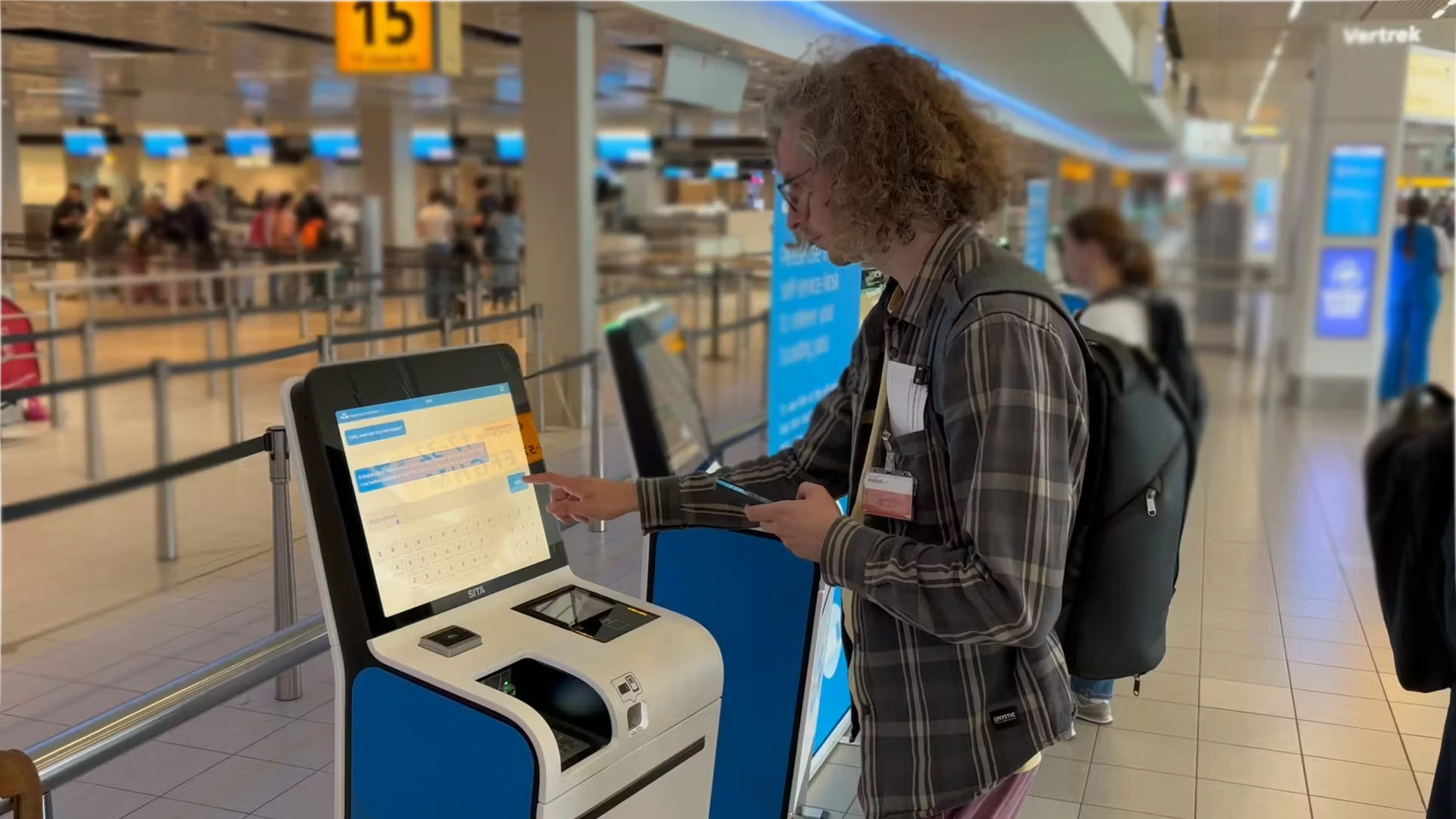Marketing automation has come a long way, but we are still missing a key part to really get the full benefit of the investments that have been made. The content production is far too often kept in a silo, with a separate budget and away from the other marketing teams. This is not only costly, it also stops us from using our other tools to their full capacity.
I think many see this clearly today. But the interesting question is what stops us from getting this right.
Let’s start from the beginning.
We are so used to working with target audiences, data and optimizing our campaign and communication to the right users. We slice our audiences into multiple segments in order to be as efficient as possible – but we’re often overlooking the importance of the creative process.
This is true both when looking at advertisements such as social media, video or banners – as well as for email communication and product descriptions. More and more media channels are focused around creativity and the ability to create new content frequently – since our audiences get annoyed by seeing the same assets far too many times. We both need to be more personalized in our communication by using for example Dynamic creative optimization setups or content automation but we also need to integrate the creative and media team into one unit for this to happen. We also need to consider the new “team member”, generative AI tools. Something that has not escaped anyone, chatGPT and similar tools are revolutionizing how we can work with content production, asset variations and more. But how will this fit into the organization and the processes?
We see that organizations who work more traditionally with content production are losing both performance but also wasting a lot of money. The only way to stay relevant to your customers is by offering personalized content. According to research*, 49% of consumers say they will become a repeat buyer after a personalized experience. In order to succeed this needs to be done at scale to actually make an impact. It’s extremely costly to produce all the variations needed if an organization is not enabling content automation or dynamic set-ups.
By using automation in our content production we can reduce our costs but still create valuable content. Looking over your ability to create dynamic or automated content is not as complex as one might think and doesn’t necessarily add on more tech to your martech or creative setup. Often the tools used by advertisers have some ability to automate or use dynamic creatives on a smaller scale. Due to the explosion of marketing channels which require specific content – and updated on a very high frequency in order to reduce ad fatigue – automation is one of the top focuses for a lot of marketing organizations at the moment. With all the creative management tools available today and the usage of generative AI to increase efficiency of content production we have a great opportunity to handle these extremely big productions in a short time.
So the reason to start automating your content production is quite obvious. So what’s missing?
We see a lot of organisations working efficiently with implementing new CMP and experimenting with the use of generative AI but still doesn’t reach a level of automation that is actually beneficial or creates any value. Or that they have tried out a lot of tools but none is fulfilling their needs. The main reason for this as we see it is that the process and people part of these projects are forgotten or not as prioritized in the projects as they need to be. We often talk about the importance of setting your priorities right. Often organizations over-prioritize the tech and under-prioritize the people and processes, and this needs to be switched. If you don’t have the processes, the people or the right mandate in place it doesn’t matter which tool you implement – you will most likely never succeed on a large scale.
So before you start, this is the main pitfalls that we see:
1. No clear objective or long term goal
Even though it’s pretty clear how much you can gain from automating your creative production, there should always be a main goal that you are measuring your tests against. Is the main objective to reduce costs or to be more relevant in your communication or to be able to create more versions of your communication for testing purposes? The objective is the key to setting the long-term strategy, even if you will see some halo effect on the other goals as well. No matter the reason you should have a clear business case and measurable outcomes in place to understand the impact on your business.
2. You don’t have a team set up with the right skills for your use case
Creativity, marketing and data is often in silos. You need to ensure that you have the right set up and the right skills to execute on these use cases – does your creative team understand how the campaigns are set up and why a specific format is needed for one specific channel? Does your marketing team understand the creative processes and how to work with content production?
3. No knowledge about the Creative tech and data set up and possibilities
What tech is available? Most companies have some kind of possibility to start testing on a small scale before implementing another tool – do you know what you can do with your current setup? If you already have a platform dedicated to content production or DCO and are you using it to your fullest potential? One aspect that is often overlooked is the importance of an enterprise taxonomy to be used on content and creative level. Without this data in place there’s no possibility for personalization or creative insights and iteration.
4. No testing culture in place
In order to evaluate and keep pushing your set up further you need to be able to test and learn fast in order to adapt to your insights. Do you have the data in place and do you have a culture which is allowing this kind of work?
Are you interested in finding out more on how you can achieve high quality content at scale – reach out to us and we’ll grab a coffee!
* Source: https://segment.com/state-of-personalization-report/





